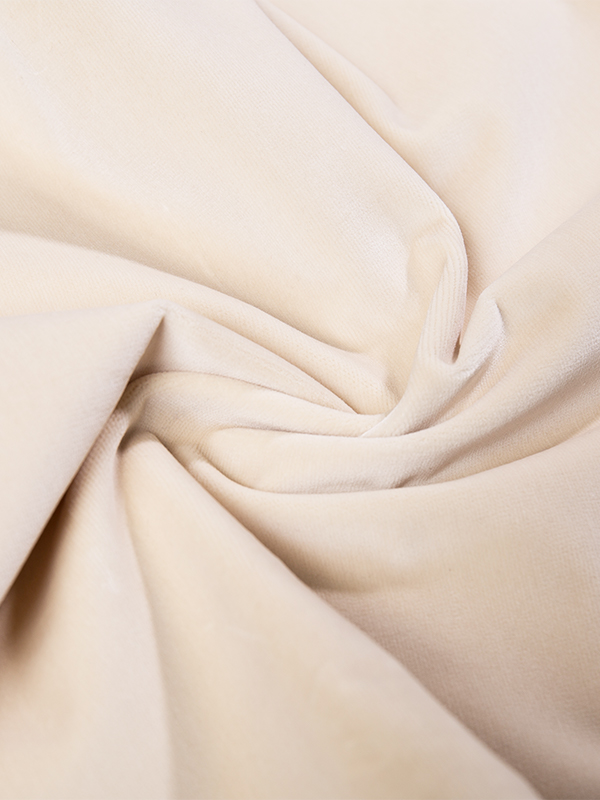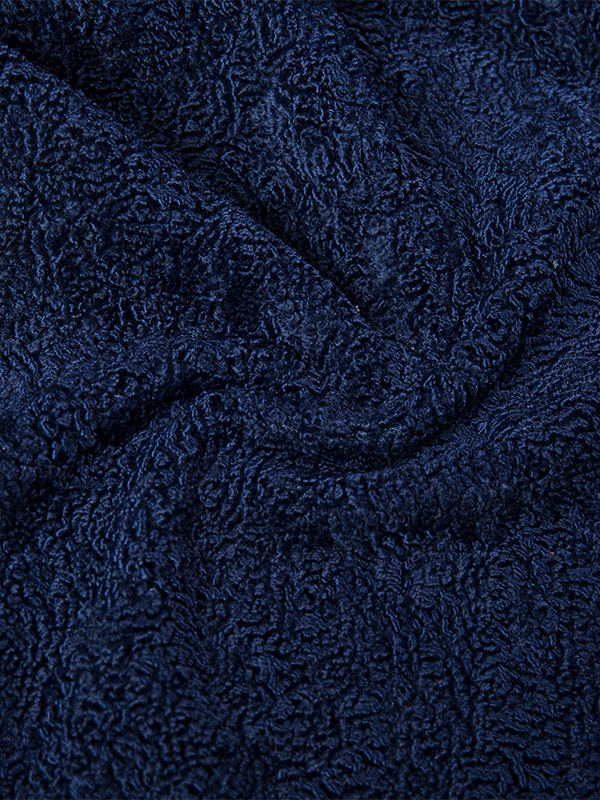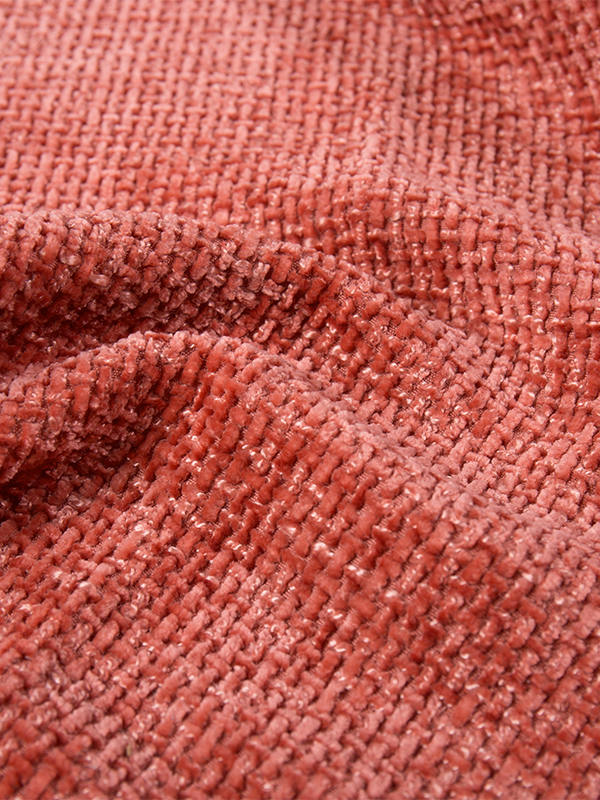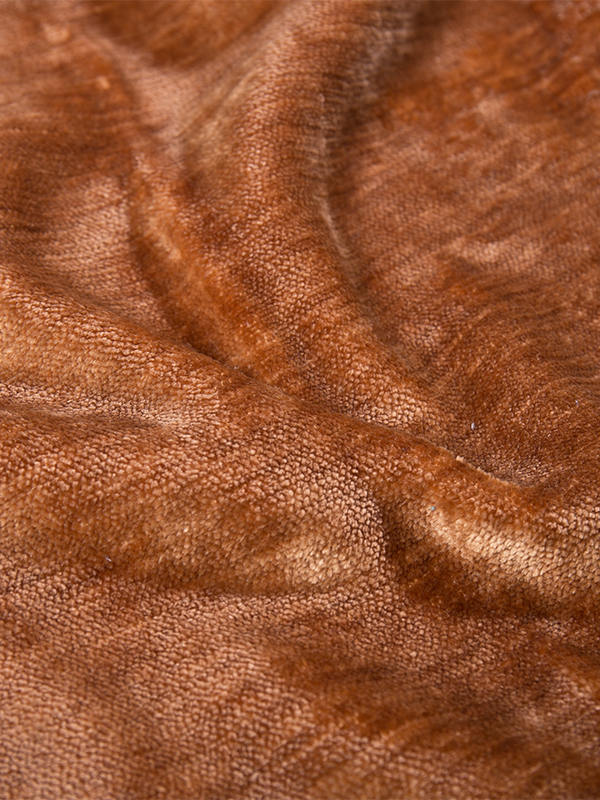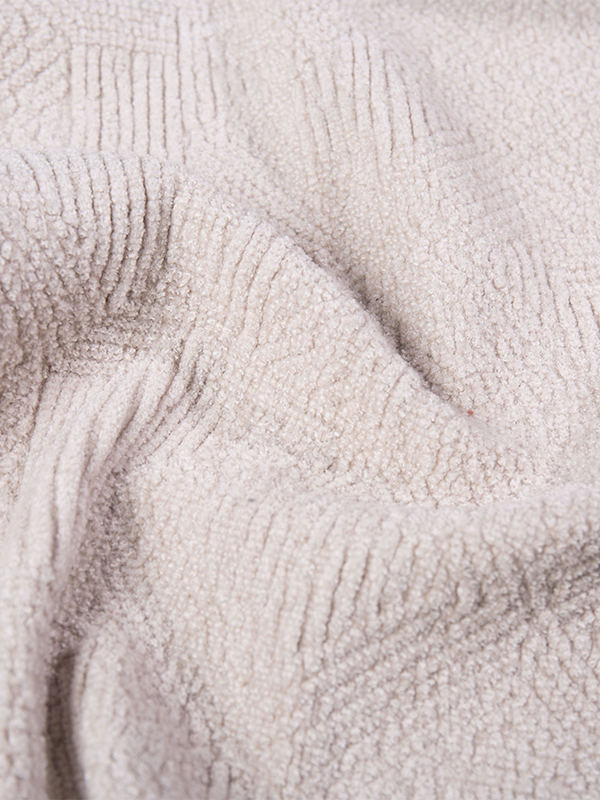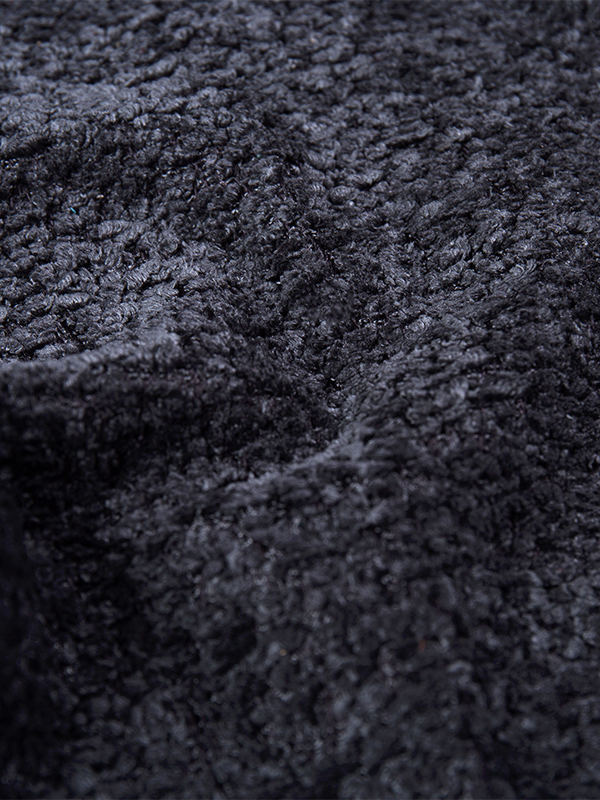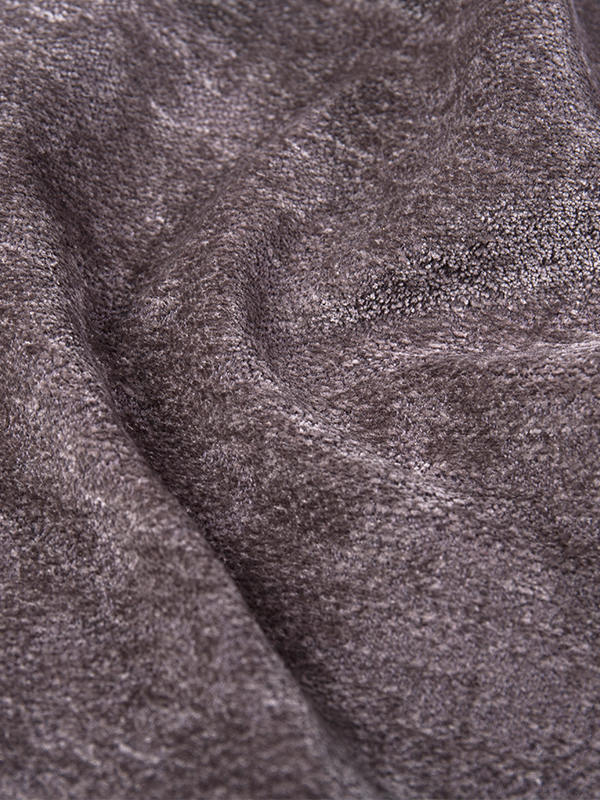When considering solid drapery fabric for interior use, understanding its dimensions is key to ensuring proper function and appearance. The width of solid drapery fabrics commonly ranges from 140 to 300 centimeters, depending on the intended application, with wider widths often preferred for seamless coverage in large window installations.
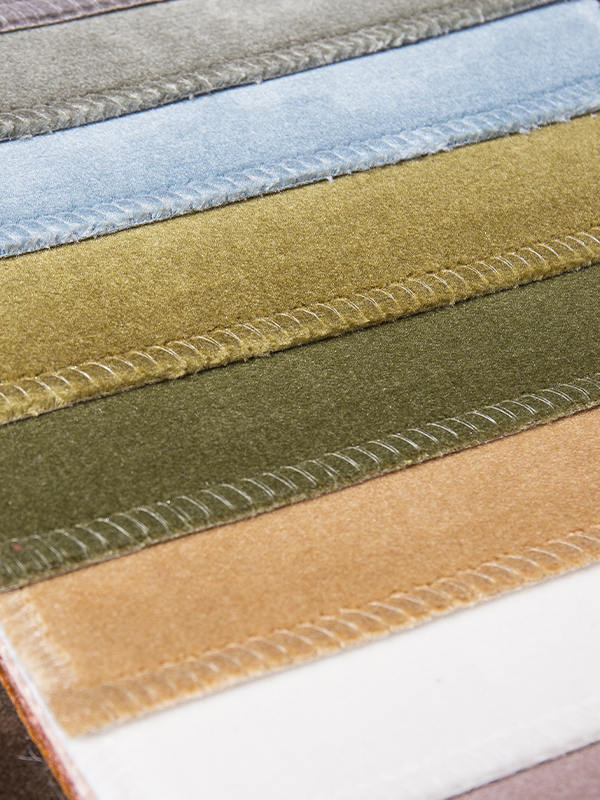
Length is typically determined during cutting and can be adjusted to accommodate ceiling height and the desired drape effect. Fabric thickness is another dimension that matters; thicker materials can offer better light blocking, thermal insulation, and enhanced durability, while thinner ones may allow for softer folds and a lighter aesthetic. Weight, expressed in grams per square meter (gsm), affects both handling during installation and the final visual effect—heavier fabrics generally hang more evenly and resist movement from air currents. Shrinkage allowance is also an important dimensional factor, particularly if the fabric will be cleaned after installation. Designers and installers often add extra length to account for minor shrinkage or for achieving a more luxurious “pooling” effect at the floor. Considering the interplay of width, length, thickness, and weight ensures that solid drapery fabric not only fits the intended space but also delivers the desired balance of functionality and style. Selecting dimensions in harmony with the project's visual and practical goals ultimately better performance and long-term satisfaction.
Raschel knit fabrics are often used in outdoor or industrial environments where exposure to moisture, chemicals, or environmental contaminants could affect performance. While textile materials themselves do not corrode in the same way as metals, the term “corrosion resistance” in fabrics generally refers to the ability to maintain structural integrity and surface quality when exposed to corrosive elements such as salt spray, acidic rain, or cleaning agents. This resistance largely depends on fiber composition—synthetic fibers like polyester and polypropylene typically perform better than natural fibers when subjected to such environments. For enhanced corrosion resistance, manufacturers may incorporate specialized yarn treatments or coatings that create a barrier against moisture and chemical penetration. In applications such as protective netting, marine covers, or industrial screens, Raschel knit fabrics benefit from open mesh structures that allow for airflow, reducing the risk of moisture accumulation that could fiber degradation or mold growth. Performance testing may include prolonged exposure to simulated salt fog, acidic solutions, or high-humidity conditions, followed by evaluation of tensile strength retention and visual appearance. Consistent performance in these tests ensures that the fabric can maintain its form, flexibility, and strength even in challenging operational environments, thereby extending service life and reducing maintenance requirements.
Tricot warp knit fabrics are widely used in applications where long-term exposure to sunlight is unavoidable, such as sportswear, automotive interiors, or outdoor signage. UV degradation occurs when ultraviolet radiation breaks down the chemical bonds in textile fibers, fading, loss of elasticity, and reduced tensile strength. The degree of resistance to UV degradation depends primarily on fiber type, dye selection, and the presence of stabilizing additives. Polyester, for example, generally offers better inherent UV stability than nylon, but both can be further enhanced through the application of UV-absorbing finishes or solution-dyed fibers that incorporate pigments directly into the polymer before extrusion. Tricot fabrics intended for outdoor or high-light-exposure environments are often tested using accelerated weathering equipment, which simulates months or years of sunlight exposure in a controlled setting. The results help determine colorfastness, strength retention, and surface integrity over time. A well-engineered tricot warp knit fabric can maintain its aesthetic appeal and mechanical performance significantly longer than untreated alternatives, reducing replacement frequency and ensuring consistent functionality. Additionally, fabric construction—such as tight knitting patterns—can slightly improve UV resistance by limiting the amount of direct light reaching the inner fiber layers. By selecting materials and treatments optimized for UV stability, manufacturers can produce tricot fabrics that meet demanding durability requirements in both consumer and industrial markets.

 English
English 中文简体
中文简体 русский
русский عربى
عربى Español
Español